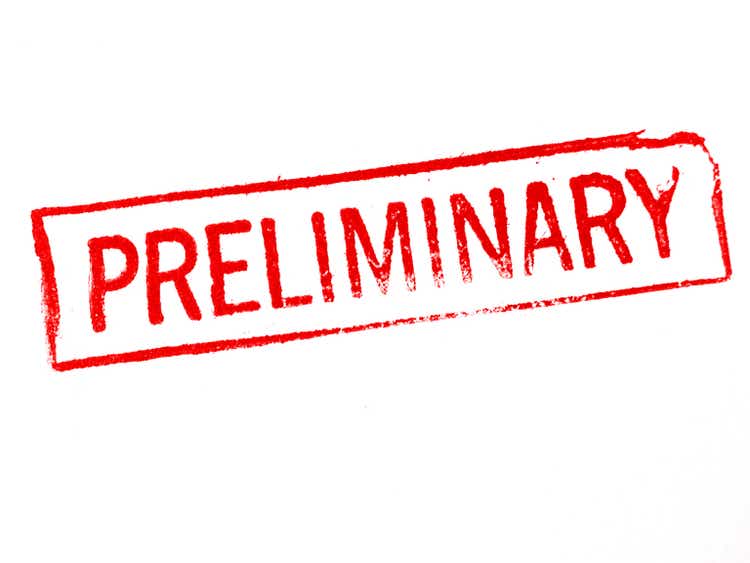 STOCK PHOTO | Image from Freepik
STOCK PHOTO | Image from FreepikTHE SPOKEN word does not always express the real thoughts of the one speaking. In an interview, the subject may even be trying to hide the real motives behind what he has just done.
The thoughts in the mind and words coming out of the mouth are not always identical. Is it possible to read thoughts and not just rely on what’s being heard or read?
Comic strips, the longer ones now called graphic novels, follow a convention of showing what a character is thinking by using a “thought balloon.” This is differentiated from what the character is saying out loud to another character.
While the speech balloon uses a solid line to enclose words with a directional tail to ascribe it to a character, the thought balloon employs a cloudy (cumulus) bubble to denote thought. Even the directional tail is a bubble-like thread.
The thought balloon allows the writer to show what a character is thinking. Thus, a speech balloon may be expressing endearing thoughts at the same time as a thought balloon is plotting revenge. Or the character may be giving some silent reaction to what is being said to him with an undisclosed thought in the balloon.
Is it possible to employ this device to interview political leaders? The speech intended for the public is clear — We are just following parliamentary procedures. (This has nothing to do with any political pressure or monetary incentive.)
This device that allows the audience (or reader) to know what a character is thinking, while hiding it from another character in the story, is also used in drama. Greek theater employs the “Greek Chorus,” a group chanting what the gods are thinking or providing advice that a doomed character will do well to heed. The chorus is on stage in white robes to denote their just being part of the set.
Thinking aloud can be employed in the soliloquy, where a character wrestles internally with a dilemma. Such well-known musings have become required elocution pieces to be memorized and delivered dramatically: “To be or not to be, that is the question.” I’m not sure if this is still a practice for “oratory from home” in hybrid meetings.
In life, one has few clues to what other people are thinking when they are giving a speech or merely joining a conversation or chat group.
Your boss may be telling you he values your contribution to the company even when you happen to already be on his short list for “redundancy.” This is a term previously applied to parts of a machine which are so important that they need to have instant back-up available. In the corporate setting, redundancy refers to an unnecessary spare part.
Corporate speech can be much clearer with thought balloons and Greek choruses, if not soliloquies or asides. Often, true intentions are only gleaned from resulting actions, often too late to parry with any appropriate reactions.
The corporate equivalent of the thought balloon is the grapevine.
The personal thought balloon (PTB) is an executive or adviser who is privy to the unexpressed thoughts of the CEO. Thus, someone who has been privately declared anathema by the boss (in his thoughts) will automatically be shunned by PTB, even while others consider the target still in the inner circle.
No PTB wants to associate with the walking wounded, even if this person is clueless about his already fallen status. The PTB is discreet and doesn’t go around claiming intimacy with the thoughts of the boss. He even steps aside when a photo opportunity arises. Invisibility in the public eye is nurtured.
Should we just ignore the thought balloon and just take people at their word?
One must always wonder if the pleasantries others bestow on him are genuine. Should there be a thought balloon somewhere in the frame that tells the subject of praise what the speaker really thinks of him?
Anyway, some ideas should remain unexpressed, encased in their own thought balloons. Unspoken opinions need not be divulged. Reacting solely on what a person says out loud and keeping one’s own thoughts in a silent balloon may be the only way to promote social harmony. Knowing other people’s secret thoughts can be unsettling.
Tony Samson is chairman and CEO of TOUCH xda

 5 days ago
1
5 days ago
1



















 English (US) ·
English (US) ·